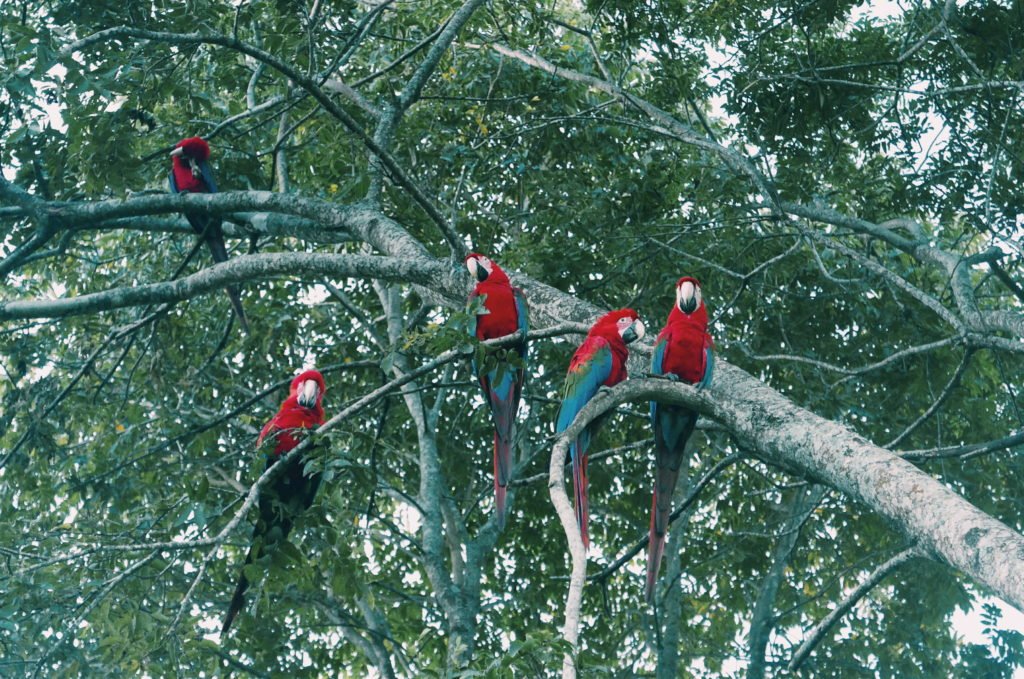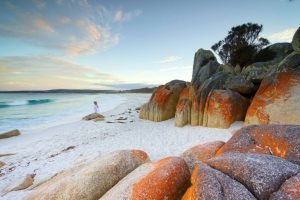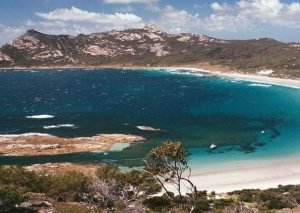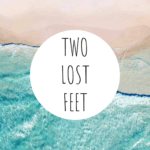Brazil wildlife in The Pantanal
The Pantanal national park and UNESCO World Heritage site, is often overshadowed by Brazil’s three other colossal natural wonders; the Amazon Rainforest, Igauzu Falls and Guanabara Bay. However, it’s not the Amazon but in fact the Pantanal that has the highest concentration of wildlife on the continent. It doesn’t stop there either, the Pantanal is also the world’s largest tropical wetland covering over 200 sq. km. We first discovered the Pantanal while trying to figure out where we’d go after 2 months in Argentina on our South American Road Trip. Since then we’ve been anticipating the day we’d finally arrive. At last, after an amazing time snorkelling in Bonito, we were on our way to Corumba to see the Pantanal without a tour and to try and spot some of the illusive Brazil wildlife the Pantanal is notorious for.
wet season in The pantanal
Each year from October to March torrential rains fill the Rio Paraguay and the Pantanal’s enormous basin, which creates a vast flood plain. Unfortunately, we had timed our visit right at the end of these rains. This meant two things for us. The first was that weren’t able to drive the northern section of the Pantanal, the Transpantaneiria highway (most of the ‘road’ was still underwater). And the second was that spotting any Brazil wildlife, especially a Jaguar was going to be difficult, as there was still a lot of water around. Meaning the Jaguars still had plenty of territory to roam and hunt. For the best odds you need to come in June and July. When the downpours have subsided long enough for the water to drain away.
Self driving tour in The Pantanal - Estrada Parque
Luckily, we were still able to access the Southern area of the Pantanal. We drove a really beautiful loop through the Estrada Parque. If you don’t have a car and aren’t interested in hiring one, you will still have just as good of an experience. As it’s on the rivers, not the road where most of the action happens.
There are many lodges to stay at throughout the park. Some are in a lot better condition than others. We loved the Pantanal Jungle Lodge and from what we saw it seems like the best option. They have all inclusive packages, with meal options for vegetarians and vegans. They are also one of, if not, the only option that has dorm room accommodation. Making a trip to the Pantanal more budget friendly for solo travellers.
From the 650 birds and 80 mammals that call the Pantanal home. We were able to see a fair amount of Brazil wildlife but, unfortunately we did miss a Jaguar. The Amazon rain forest may get all of the attention, but when it comes to wildlife, the Pantanal really is exceptional. Unlike the Amazon, where the thick jungle helps to disguise animals, in the open Pantanal it’s much easier to see.
During our self drive through Parque Estrada we were stopping for photos around every corner. Peak hour in the Pantanal means stopping and waiting for a family of capybaras to cross to road in front of you. Driving or taking a tour here is an unforgettable experience. One you don’t want to miss.

where to stay and what to do in Corumba
In Corumba we stayed with Diago at the Road Riders Hostel. It’s an amazing hostel that we highly recommend. Diego and his staff are lovely and can help with arranging tours into Estrada Parque for very reasonable prices. There’s also a great breakfast included.
While in Corumba don’t miss the opportunity to go for a sunset kayak on the Paraguay River. There are many places along the riverbank that rent out kayaks for around $10.
how to get to corumba
Andorinha and Viação Siriema have frequent bus services from Campo Grande to Corumba. It takes roughly 6.5 hours. Andorinha also have a daily bus from Sao Paulo that takes 24hrs.
To continue on to Bolivia, take a taxi or collectivo to the border. Once you have crossed into Bolivia take the bus or the beautiful scenic train ride to Santa Cruz. The train station is 3km from the border but there’s always plenty of taxi drivers looking for passengers.
About halfway to Santa Cruz is the small town, Aguas Callientes where there is a gorgeous hot water river. It’s really worth spending the night at one of the beautiful campgrounds but they are a little hard to get to without your own transport.

what to pack for Brazil wildlife spotting and the pantanal
If you don’t come from a hot and humid tropical environment knowing what to pack for your Pantanal trip can be hard. Here’s what we found most useful –
- Mosquito Repellent (with DEET or Picaridin)
- Wide brim hat
- Good quality sunscreen that won’t run into your eyes when you sweat
- Binoculars – great for bird watching
- Sunglasses
- Lightweight long sleeve shirt
- Lightweight long pants
- Bandana / Buff (neck gaiter) to help keep you cool and sun and sweat off your face
- Lightweight jumper, it still gets cool of a night
- Hiking boots with woolen socks
- Sandals
- Camera with good zoom lenses
- Small backpack to take on excursions
- Rain jacket
We hope that you’ve found this post insightful and if you are going, that you enjoy your time exploring The Pantanal and hopefully spotting some Brazil wildlife, it’s a magical place.




